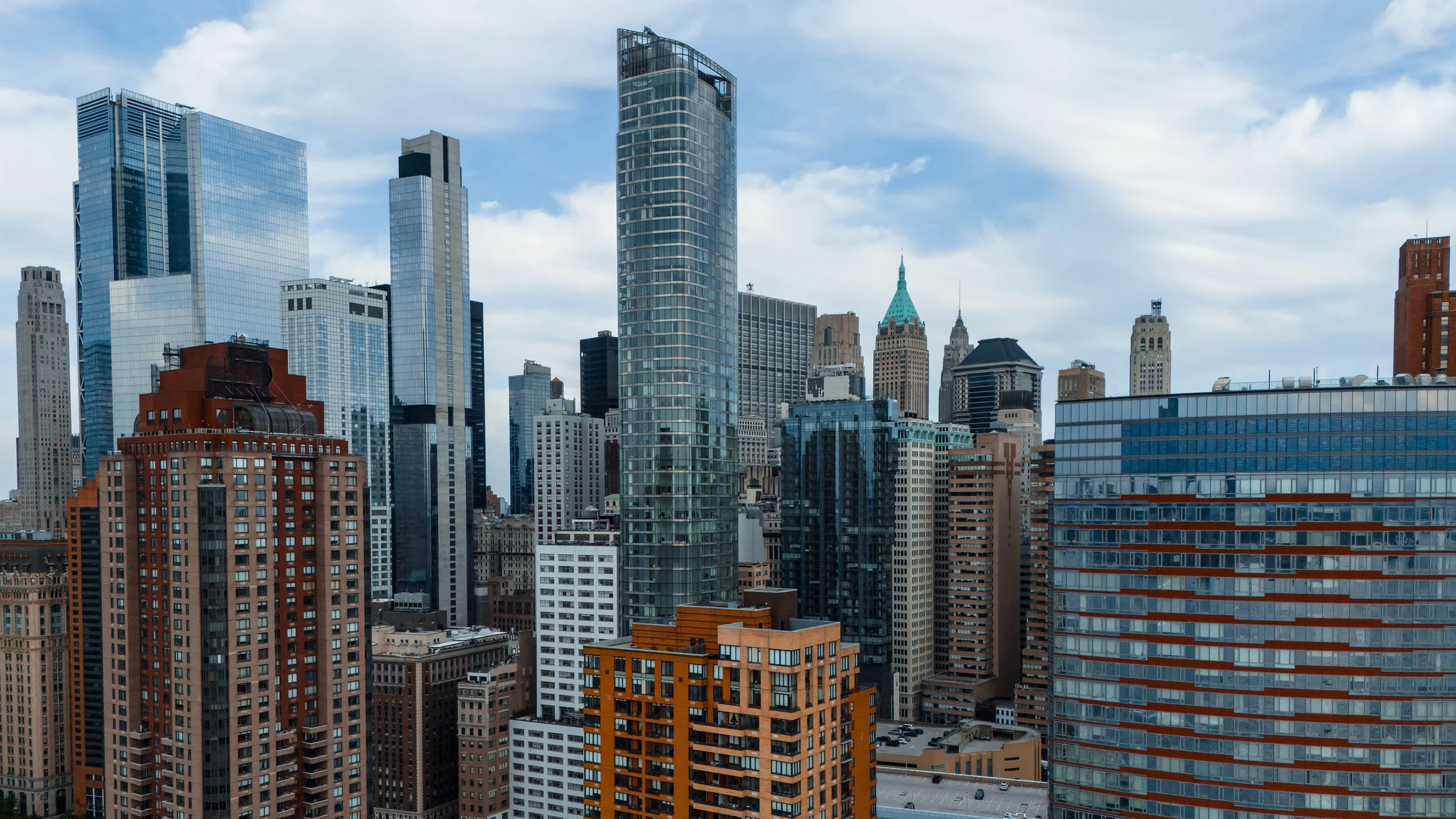Private Equity’s Return to Real Assets: Manhattan Skyscrapers as Inflation Hedges
The Manhattan skyline has always stood as a monument to ambition and capital. In 2025, it is also becoming a safe haven. As inflation pressures linger across global markets, private equity firms are turning back to an asset class once seen as too mature or illiquid: real estate. Specifically, prime Manhattan skyscrapers are regaining their appeal as both inflation hedges and long-term income generators.
While technology and artificial intelligence dominate headlines, institutional capital is quietly rotating into tangible assets glass, steel, and square footage. The move signals a subtle but powerful rebalancing within the private equity world. After years of chasing high-growth startups and digital infrastructure, investors are rediscovering the value of real assets in the city that defines them.
This return to physical investments reflects more than nostalgia for traditional finance. It represents a strategic recalibration, one that blends the stability of real estate with the analytical precision of modern private equity.
The Inflation Equation: Real Assets Regain Their Power
Inflation has rewritten the global investment script. After years of near-zero interest rates and quantitative easing, rising prices have forced fund managers to rethink their assumptions about portfolio protection. In this environment, real assets properties, infrastructure, and commodities have reemerged as essential tools for preserving value.
Manhattan’s skyscrapers, with their long leases and international tenant mix, offer something few assets can: durability. Commercial towers and mixed-use developments generate consistent income while naturally adjusting to inflation through rent escalations and asset revaluations. Unlike equities or bonds, real estate retains intrinsic worth independent of market sentiment.
Private equity funds are capitalizing on this resilience. Several large firms have launched real asset strategies focused on acquiring Class A office buildings and luxury mixed-use developments in Midtown and Hudson Yards. Some are even converting older properties into sustainable or tech-integrated workspaces, aligning traditional real estate with modern ESG and innovation goals.
These moves are not speculative plays but strategic hedges. By anchoring portfolios with inflation-resistant assets, fund managers are insulating themselves against volatility while maintaining exposure to urban growth.
Manhattan’s Transformation: From Office Towers to Hybrid Assets
The pandemic changed how cities operate, but it did not erase the value of prime locations. Manhattan, once facing questions about the future of office demand, is now reinventing its skyline for a post-pandemic economy. Private equity firms are at the forefront of this transformation, funding conversions, upgrades, and adaptive reuse projects that breathe new life into iconic structures.
Many of the city’s landmark towers are being reimagined as hybrid spaces combining high-end offices with residences, cultural venues, and hospitality elements. This convergence is turning buildings into lifestyle ecosystems, increasing their long-term resilience and value. Investors view these redevelopments as opportunities to capture both stable rental yields and appreciation driven by urban revitalization.
Private capital is also flowing into adjacent sectors such as logistics hubs, green infrastructure, and energy-efficient building systems. The city’s push for sustainability has aligned perfectly with private equity’s growing focus on ESG metrics. The modern Manhattan skyscraper is no longer just a workplace; it is a brand, an ecosystem, and a symbol of adaptive capital.
Why Private Equity is Leading the Charge
Private equity’s renewed interest in Manhattan’s real estate stems from structural advantages unique to the asset class. Unlike REITs or public market vehicles, private funds have the flexibility to structure deals creatively, negotiate directly with developers, and execute value-add strategies over longer horizons. They can take underperforming assets, inject capital and expertise, and reposition them for higher returns.
Institutional investors such as pension funds and sovereign wealth funds are eager participants, seeking stable cash flows amid volatile equity markets. Many see New York real estate as both a defensive play and a long-term growth engine. The city’s global brand, deep liquidity, and regulatory stability continue to attract international capital, reinforcing Manhattan’s dominance as the epicenter of high-value property investment.
Moreover, private equity firms are integrating advanced analytics into real estate strategy. Predictive modeling, AI-assisted valuation, and market simulation tools are helping investors identify undervalued zones, track tenant behavior, and optimize asset performance. This technological layer adds precision to what was once a slow-moving asset class, creating a new hybrid model of finance and real estate innovation.
Conclusion
The return of private equity to Manhattan’s skyscrapers is not a backward glance but a forward strategy. As inflation reshapes the global economic landscape, tangible assets are once again proving their worth. Steel, concrete, and location have become modern instruments of stability.For investors navigating an era of uncertainty, Manhattan offers more than prestige. It offers protection, productivity, and permanence. The skyscrapers that once symbolized ambition now represent strategy timeless, resilient, and intelligently reimagined for the future.




